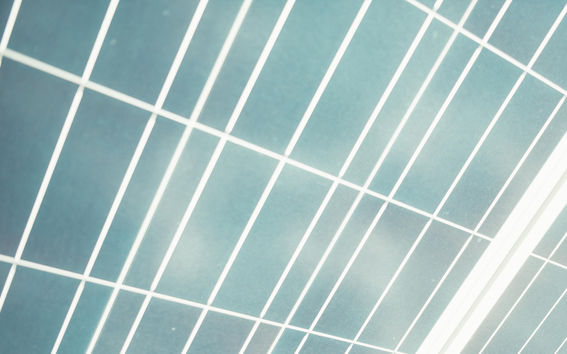Nearly half of residents in housing companies would like to acquire solar panels – spreading requires legislative amendment

The solar community IT service is already being tested in housing companies in Helsinki (here in Haapalahdenkatu) and Oulu in cooperation with local distribution system operators. HSSR Oy
A study of single-family house owners conducted by VTT indicates that after buying a solar PV system, people often actively monitor their solar electricity production and change their consumption behaviour accordingly, for example using the dishwasher and the washing machine when the sun is shining.
Owning solar panels make people feel good: it improves their environmental friendliness and self-sufficiency. Moreover, people like to show their solar panels/solar PV systems to others. In fact, studies have found that once one house installs solar panels, other residents in the neighbourhood are more likely to buy them too.
‘Consumers want reliable, easy and environmentally friendly energy solutions. As concerns the financial aspect, it is enough for consumers to feel that the solutions are affordable and sensible investments’, says Professor Eva Heiskanen from the Consumer Society Research Centre of the University of Helsinki.
‘Online information or direct marketing by companies alone is not enough to convince consumers. Purchase decisions are often affected by the example set by neighbours and acquaintances, so people's networks and the media have a great influence. That is why we should increasingly support and promote information exchange, joint purchases and other peer communications among consumers.’
Even small savings are enough
There are nearly 90 000 housing companies in Finland, and over 2.6 million people live in them. Using solar energy in a housing company requires a major electricity meter renovation according to current legislation. Distribution system operators’ smart meters can’t be used to distribute solar electricity to residents inside the housing company. This is why there are so few solar PV systems in owner-occupied apartment buildings.
However, there is a great deal of interest among apartment owners: according to the solar energy survey conducted by Aalto University during the summer 2018, nearly half of the respondents living in housing companies were very interested in acquiring solar panels. As much as a quarter responded that they would be very likely to buy a EUR 900 share of a solar PV plant that generates 40 euros in savings per year. When asked about the benefits of solar energy, respondents most often mentioned renewable energy, zero emissions and increased self-sufficiency.
‘We already have smart electric meters and they can be used to distribute solar electricity between the residents in a housing company network using an IT programme – now we only need a legislative change to allow it. This solar community IT service is already being tested in housing companies in Helsinki and Oulu in cooperation with local distribution system operators, says FinSolar project leader Karoliina Auvinen from Aalto University.
Inquiries:
Project leader Karoliina Auvinen, Aalto University School of Business
tel. +358 50 462 4727
[email protected]
Professor Eva Heiskanen, University of Helsinki Consumer Society Research Centre
tel. +358 50 321 0190
[email protected]
Background information
This press release is based on the results of an energy trial and consumer survey conducted by the University of Helsinki, Aalto University and VTT as a part of the Smart Energy Transition project.
Read more news

Get to know us: Associate Professor Maria Sammalkorpi
Sammalkorpi received her doctorate from Helsinki University of Technology 2004. After her defence, she has worked as a researcher at the Universities of Princeton, Yale and Aalto.
Aalto computer scientists in ICML 2024
Computer scientists in ICML 2024
In low-hierarchy organisations, even key policy issues are discussed in Slack
In a recent study, Aalto University alumn Lauri Pietinalho, a visiting scholar at New York University's Stern School of Business, and Frank Martela, an assistant professor at Aalto University, investigated how low-hierarchy organisations deal with shared policies in confrontational situations and how authority functions within them.